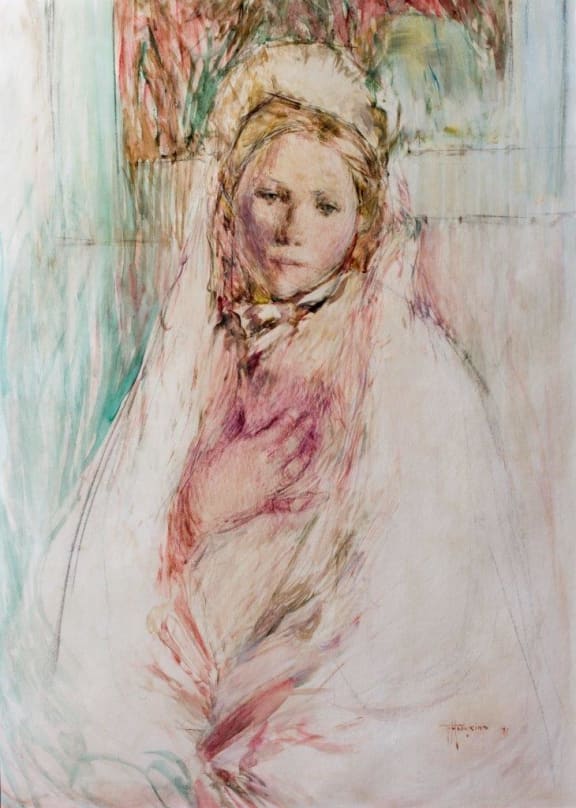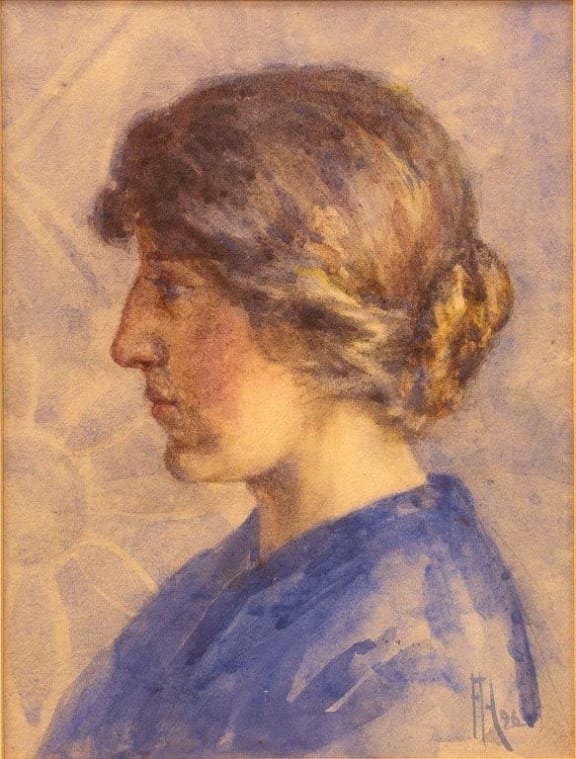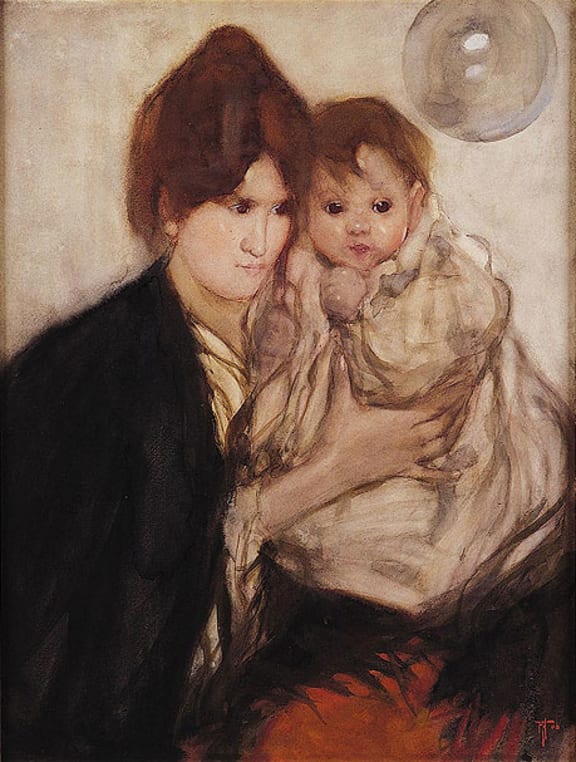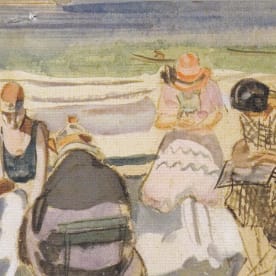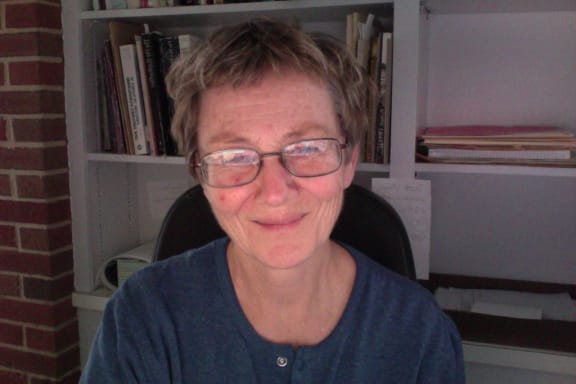Frances Hodgkins is undoubtedly one of New Zealand's early art rockstars. Before fleeing New Zealand in her early 30s and painting the landscapes and still lifes she became famous for, she also painted portraits.
Pamela Gerrish Nunn is the curator of Frances Hodgkins' People – an exhibition now on at the New Zealand Portrait Gallery in Wellington.
She says that despite Frances' reputation as a loner, she had a lot of friends over the years, some of whom she painted.
Frances fled Dunedin in her early 30s to "measure herself against the moderns" and never really returned to New Zealand.
While she is most famous for the landscape and still life works she went on to paint from her mid-30s until her to death, she painted many friends and family members before she left New Zealand.
Despite her reputation as a loner, Frances had a lot of friendships through her life, Pamela says.
"She clearly was quite gregarious as well as being very discriminating."
If Frances was often solitary it was because she had to be, she says.
"[Artists] have to be quite ruthless at times to make space for their work and their thinking, their quiet time."
Questions of nationality and identity distracted Frances throughout her life, which was one of constant self-reinvention, Pamela says.
"The question becomes – do you become more of a New Zealander when you're out of New Zealand, or do you become less of a New Zealander because you plunge into that place you've gone to and adapt and assimilate?"
Pamela's pick to take home from the exhibition would be either an early study of a man's head held by the Alexander Turnbull Library or The Black Scarf – a Māori head painted in 1912 which is believed to be the last work Frances painted in New Zealand.
